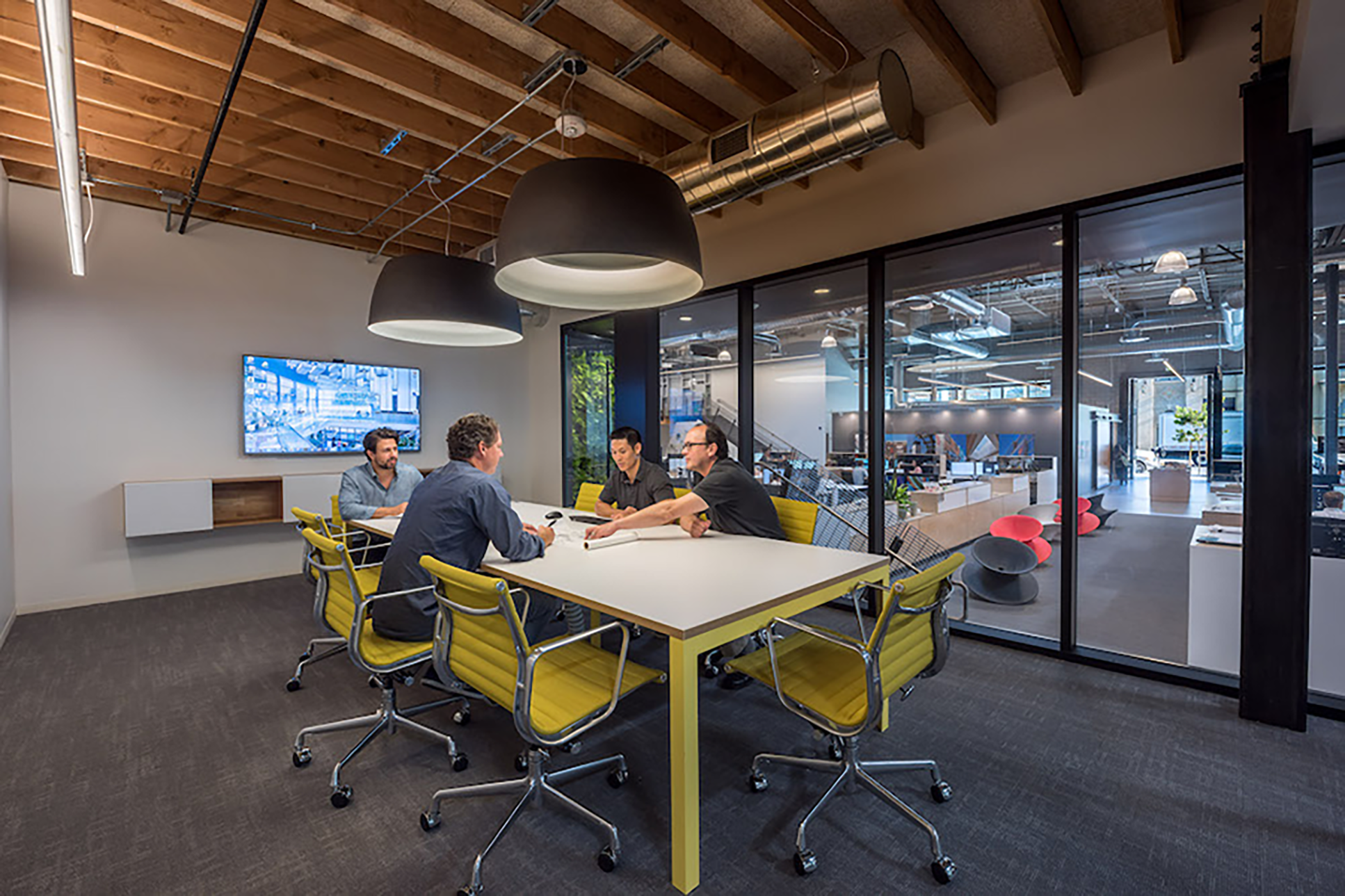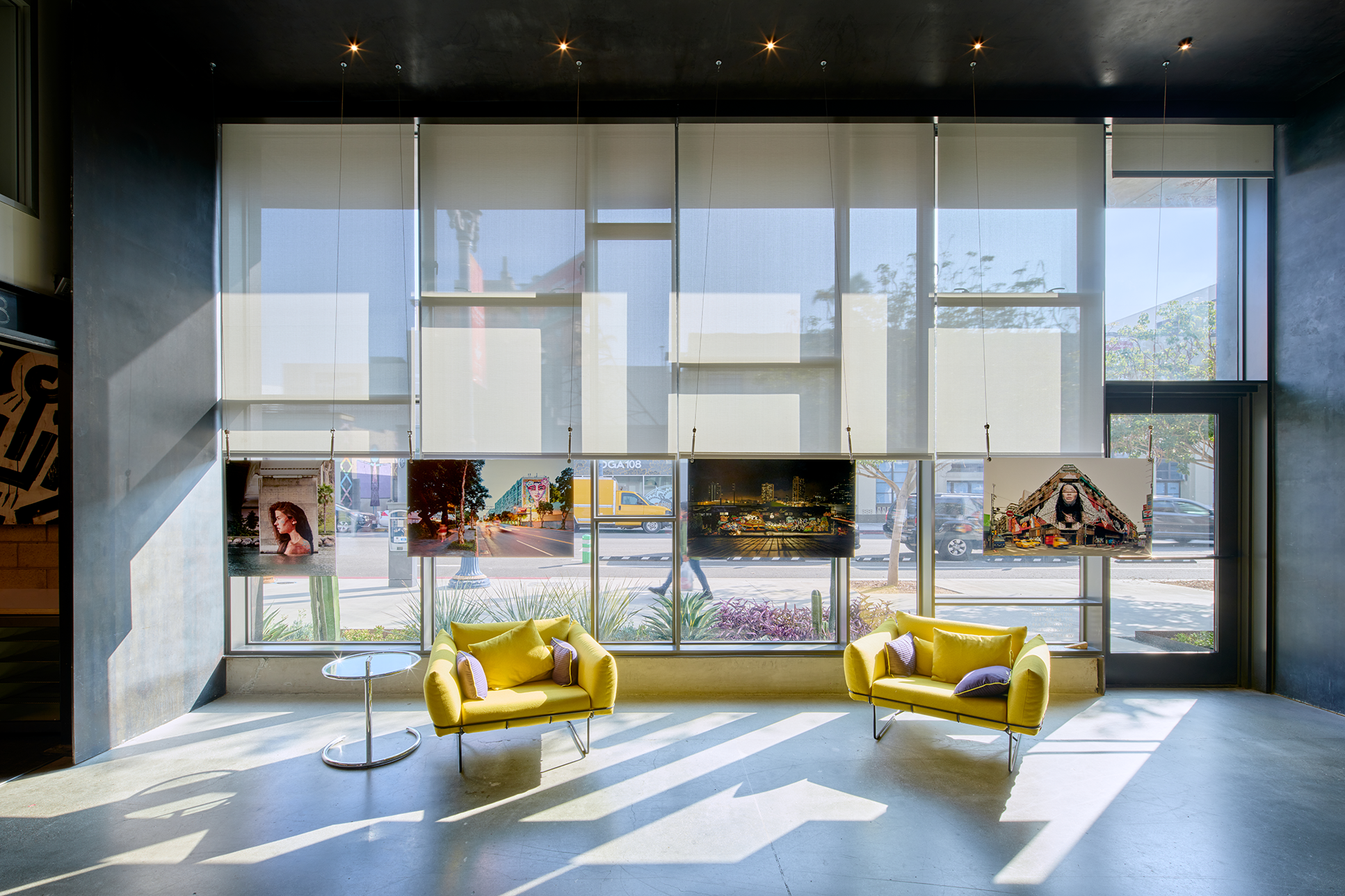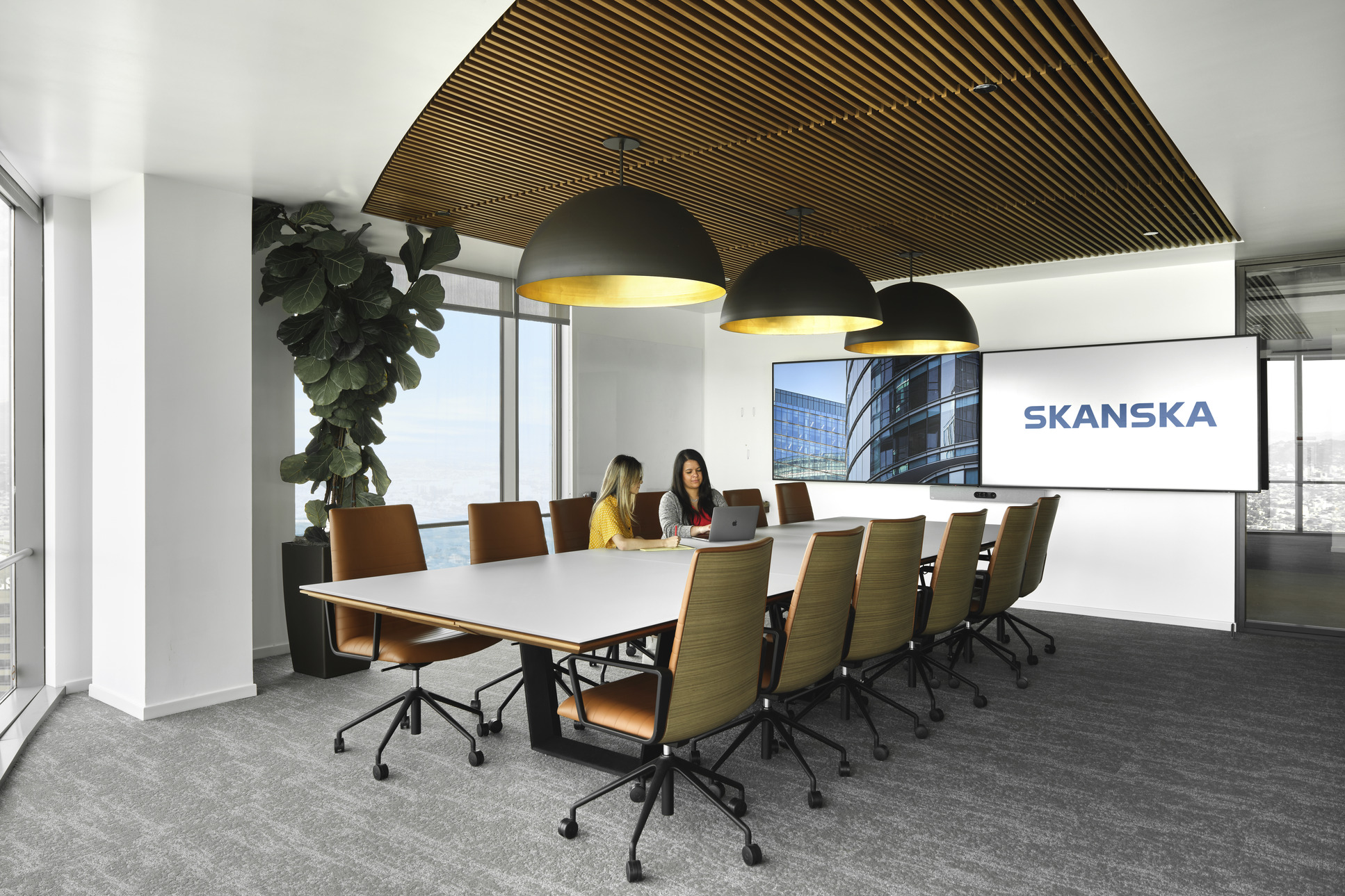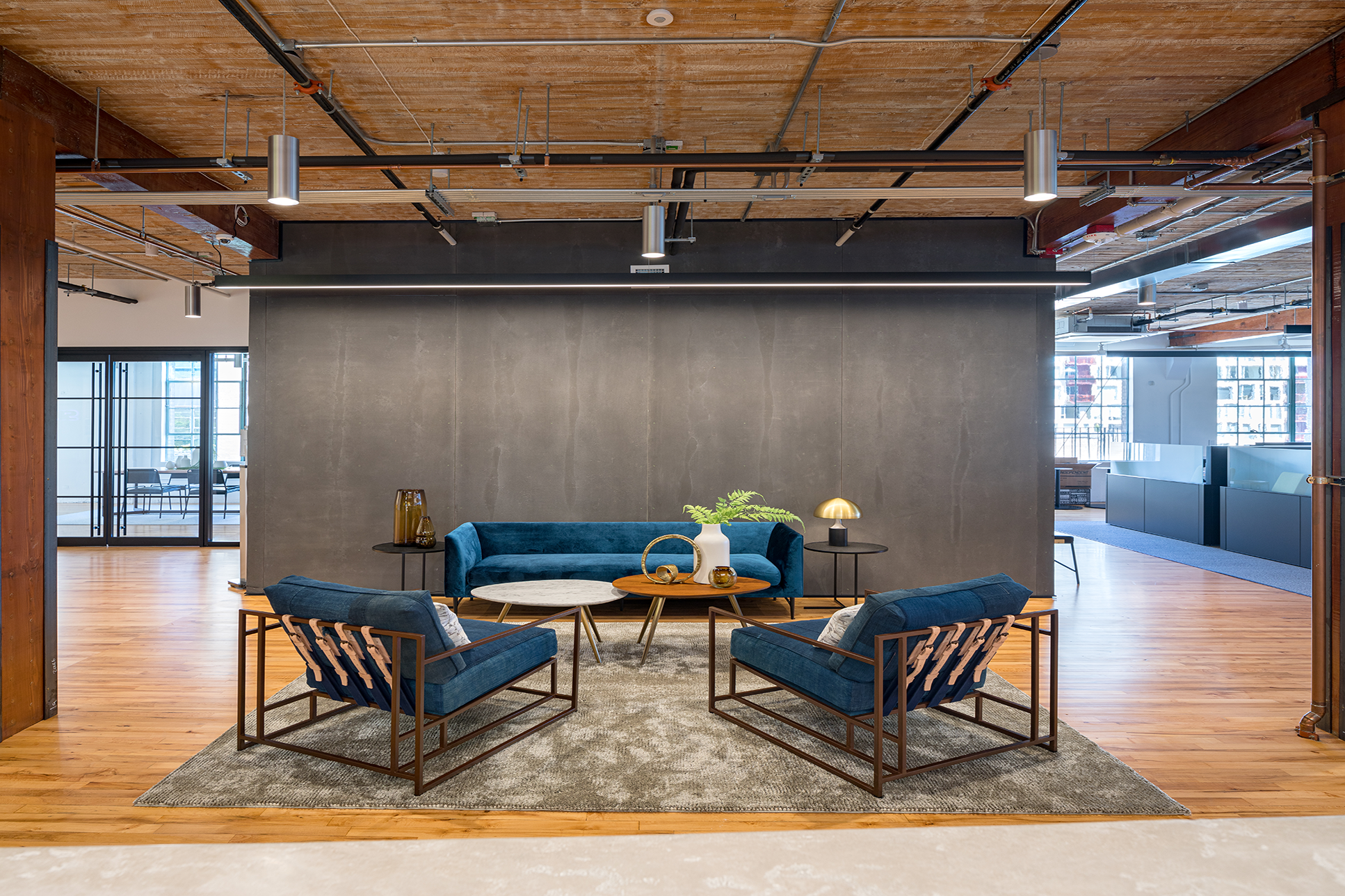Modern Strategies for Gen Z-Centric Workplace Design
By: Itzel Meynard
RDC’s Itzel Meynard explores how to adapt physical office spaces to be geared towards Gen Z while preserving their authenticity.
Workplace design has shifted to prioritize work-life balance, particularly as new generations join the workforce—and the trend has skyrocketed with the emergence of Gen Z. The tech industry has played a critical role in this trend over the past few decades, always at the forefront of offering form-meets-function amenities and services aimed at attracting talent. This commitment from the tech industry from the early 2000’s set the standard for other forward-thinking industries and companies to follow suit.
Today, Gen Z is entering the workforce just as post-pandemic work-life changed expectations are redefining where everyone works, and the spaces we work in. With a whole new set of expectations and values influencing the future of workplace design strategy, these young professionals have the unique challenge of finding community and expression as they began to enter the workforce, just as workplace culture is being redefined. With the company culture, values, and connection more important than ever, translating the values of a new generation into design considerations that foster collaboration is a very clear and present opportunity for designers.
This challenge that design professionals now face is: how do we adapt physical office spaces geared towards this ethically responsible, young generation while preserving authenticity?

Understanding the Gen Z Employee
Designing for Gen Z first requires recognizing who they are. Resilient and tech-savvy, Gen Z recognizes their worth and brings an independent streak. Witnessing the environmental impact of climate change and the emotional devastation of COVID-19 has equipped this generation with a profound sense of environmental responsibility, mindfulness, and inclusion. For this reason, the sense of belonging to a company that is socially conscious, environmentally responsible, and boldly authentic is equally important to this generation as compensation.
What was once deemed as an amenity or perk pre-COVID-19 is now considered the norm, such as wellness programs, flexible work schedules, and other incentives. Gen Z is unapologetic when it comes to expecting ethical and environmental business practices—more than any generation before—requiring designers to adapt, evolve, and respond to the new demands and complexities of the workplace.

Designing the Future, With Gen Z in Mind
When it comes to workplace design, there is a certain level of foresight required to determine a strategy that allows an office to maintain flexibility while driving growth. Understanding and anticipating the future needs and values of employees can provide a platform to build workplace structures—an approach that is quickly becoming standardized across the industry. Even our own headquarters in Long Beach, California, for example, was designed to challenge typical hierarchical corporate structure by placing our values first.
Collectively, we decided that community, approachability, and growth were foundational to our work culture and used that as the basis for our design considerations. We became more approachable by selecting a new location that was pedestrian-friendly and accessible to the community. We cultivated growth through the design of a comfortable, flexible layout that could host various events and house multiple workgroups simultaneously. We pursued community engagement by inviting locals to hosted events within the city and participating in various outreach programs. Our office led by example, following through with commitments to sustainability practices and policies, earning LEED Silver and WELL Gold certifications in the process.

The design of our headquarters became a successful case study that continues to attract clients with similar objectives. Recently, we partnered with leading construction and development company, Skanska USA, to design two of their regional offices in downtown Los Angeles and the Pearl District neighborhood in Portland, Oregon. As a company that implemented wellness-focused, hybrid work models long before the pandemic, both offices were designed with employees in mind. Flexible workspaces and comfortable environments were developed to help with attendance, while interior embellishments reflected the regional location of the office to retain authenticity. Additionally, both locations pursued wellness certifications as part of their sustainability commitments, incorporating features like natural daylight in workspaces, energy efficiency lighting and appliances, multiple work areas for collaboration, and sustainable building systems.
For our latest partnership with Swing Set Productions, a post-production media company, our team has been approaching the design of their new office headquarters to center connection and community. Given that the company is relocating to a new city, we are considering designs that foster creativity and establish a sense of place to transplants and newcomers as part of our proposed strategy. We are challenged with designing a conventional office in an unconventional way, so our current approach is to promote artistic expression within the interiors so that the workplace is both inspirational and aspirational. Some of this can be achieved by highlighting client work through a gallery or interactive display, for example.

Workplace Design: Then, Now and Tomorrow
Being a design professional requires taking leaps, making educated and strategic decisions for unknown users with unmet needs. Employees today expect amenities and perks, but as Gen Z begins to saturate the workforce, they are demanding more: company values with follow through, inclusive and diverse work culture, and collaborative relationship building through in-person connections. As we continue to learn more about Gen Z professionals, company policies and workplace design will shift in parallel towards building the ideal workplace.
View the original article here
📷 Photographer: Here And Now Agency, LLC and Carlos R. Hernandez Architectural Photography